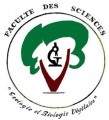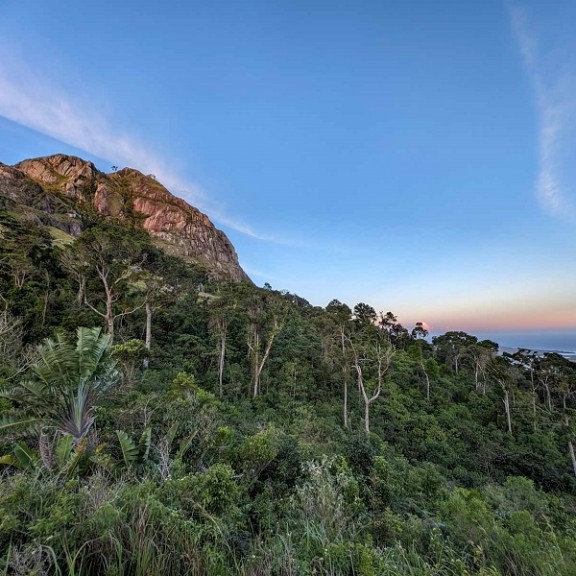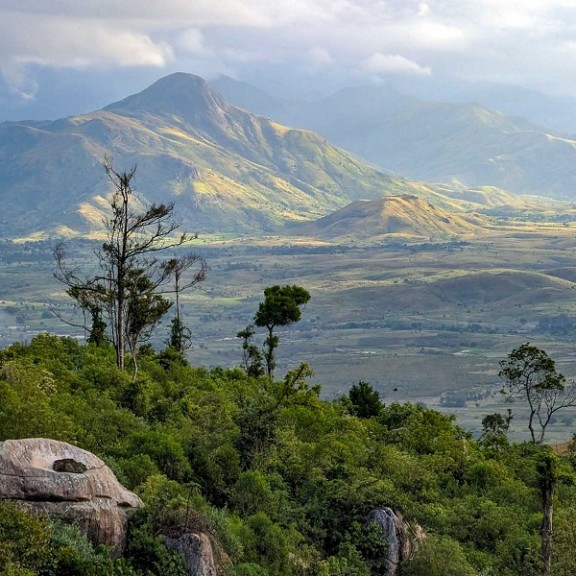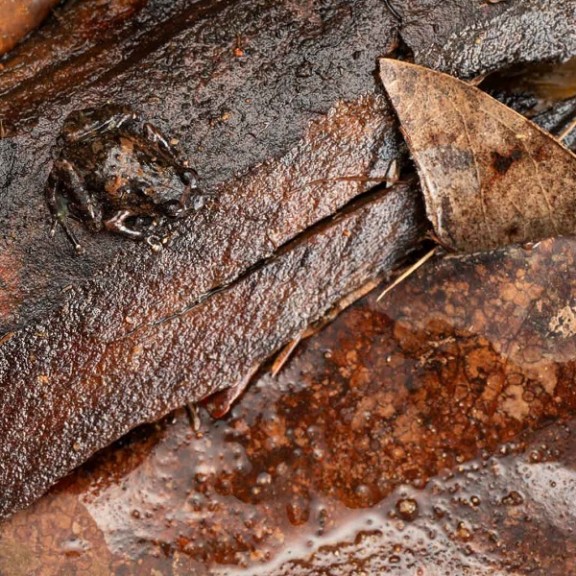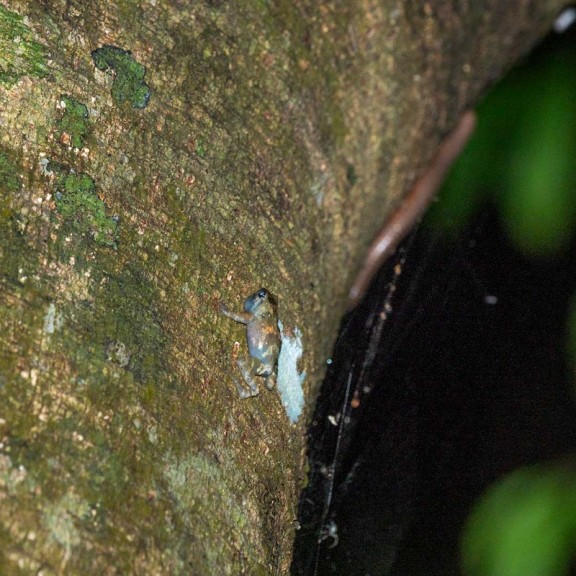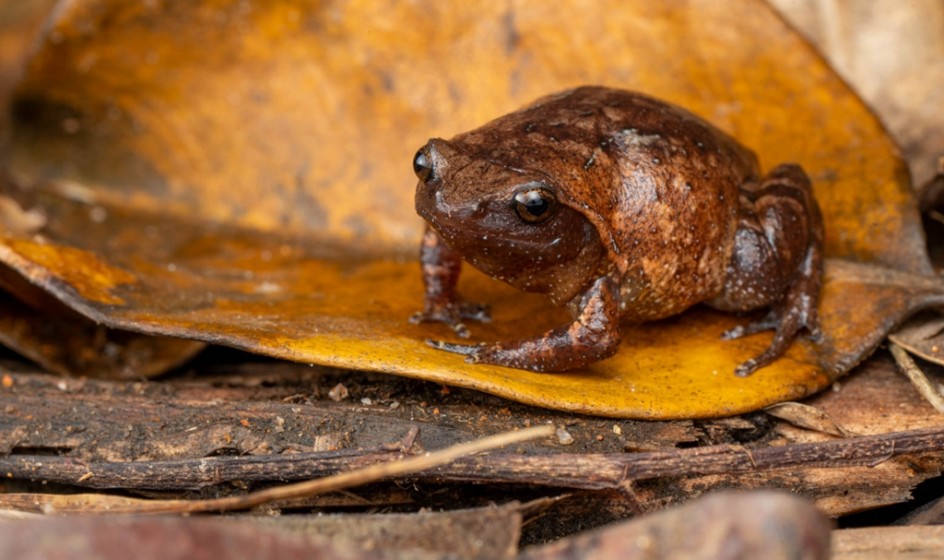

Malagasy Frogs
Phytothelmata-breeding frog species in Madagascar's transitional forest – fragmentation effects, eco-physiology and habitat conservation
The transitional forest of southern Madagascar in the Ambatotsirongorongo Mountains is a unique ecological region where species from the dry western and humid eastern habitats of the island coexist. Its diverse amphibian fauna includes microhylid frogs, which use phytotelmata - natural water reservoirs such as tree holes and leaf axils - as breeding sites. These frogs are particularly vulnerable to human-induced habitat disturbances such as forest fragmentation, logging and rising temperatures. Habitat degradation alters microclimatic conditions, increasing temperatures and decreasing humidity, which significantly affects the frogs' energy budget and fitness. Their dependence on specific tree species and forest structures for breeding further increases their sensitivity to environmental change.
Dr Julian Glos from the Institute of Cell and Systems Biology of Animals at the University of Hamburg is leading a project in collaboration with the University of Antananarivo to understand the effects of forest disturbance on microhylid frogs and to support their conservation. Field studies are investigating how habitat fragmentation affects species diversity and identifying the frogs that are most sensitive to disturbance. Experimental research is investigating how increased temperatures and reduced humidity affect the frogs' energy expenditure. The results will help to understand why some species are more vulnerable than others.
This research will also inform Madagascar's large-scale reforestation initiative in the region, which aims to reconnect fragmented forests by planting one million trees a year. By identifying habitat requirements, including preferred tree species and forest structures, the project will provide recommendations to ensure that reforested areas support microhylid frogs, contributing to both their survival and wider ecological restoration efforts.
Project info
|
Species |
Common name |
|
|
|
Threats |
|
|
|
|
Measures |
|
|
|
|
Partners (implementing /collaborating) |
|
|
|
Partner

